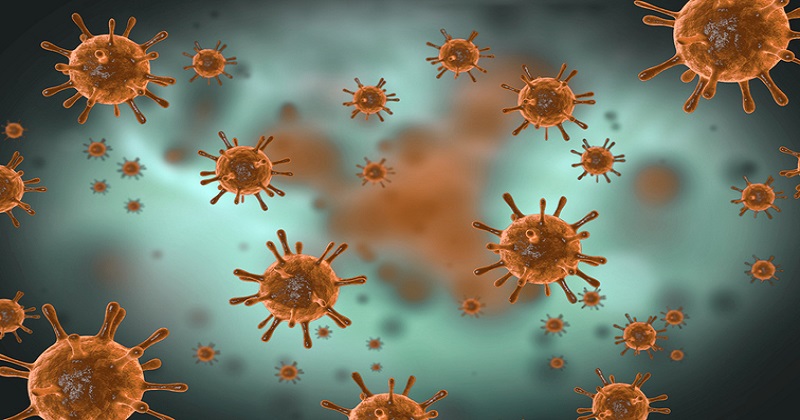
Pune: According to a new study by the Indian Institute of Tropical Meteorology in Pune, the Covid-19 virus piggybacks only black carbon from biomass burning, not all PM2.5 particles. Published in the journal ELSEVIER, the study examined data collected from Delhi, from September to December 2020, and the 24-hour average of particulate matter (PM) 2.5 and black carbon (BC).
PM2.5 is a fine particle that penetrates deep into the body and causes inflammation in the lungs and respiratory tract, causing cardiovascular and respiratory problems, along with a weakened immune system. PM2.5 contains black carbon, also known as soot and polycyclic aromatic hydrocarbons (PAHs).
Almost 40 percent of BC emissions are due to open-fire biomass burning, 40 percent to fossil fuel burning, and the remaining 20 percent to biofuel burning.
Many studies have linked the presence of Covid-19 to air pollution. The authors of the study — Aditi Rathod and Gufran Beig — found a correlation between Coronavirus cases and PM2.5 levels.
‘However, this paper argues that not all PM2.5 particles contain the virus. It is only black carbon emissions from biomass burning that contain the virus,’ Beig, senior scientist and founder-project director, SAFAR, said.
‘Delhi was most affected by the novel coronavirus infection. However, after six months with minimal fatalities, a 10-fold increase in infection counts occurred coinciding with the onset of stubble burning in neighboring states,’ the study stated.
Read also: Pulitzer Prize winner Indian photojournalist to be buried at Jania Millia Islamia graveyard
The aged biomass BC particles aggregate and react with other compounds to grow in size, providing temporary habitat for viruses leading to the rapid increase in Covid-19 cases, which declined after the crop burning stopped.
According to the researchers, black carbon concentrations were ‘directly related to the speed at which infections spread after winter and stubble burning, and then decreased with a declining trend in BC as the number of stubble fires decreased.’ Black carbon emissions are directly linked to the additional contribution from stubble burning that causes PM2.5 concentration to be transported externally from the burning region, the study found.
Earlier, Beig and his co-authors reported that people living in the national capital and in states such as Maharashtra, Uttar Pradesh, Madhya Pradesh and Tamil Nadu are more likely to contract Covid-19 due to prolonged exposure to high concentrations of PM 2.5.
‘Higher number of Covid-19 cases have been located in places like Maharashtra, Delhi, Rajasthan, Tamil Nadu, Uttar Pradesh, Andhra Pradesh, Telangana, Gujarat, Bihar, Karnataka, Odisha and Madhya Pradesh with continued exposure to a high concentration of PM2.5,’ the report had said.

Post Your Comments